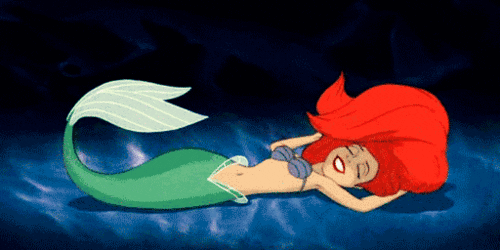The Disney Princesses
If someone said, "Jess, describe your perfect book. Sky's the limit: you tell us what you want us to write about and we'll publish it," I probably would've never thought, "DO A BOOK ABOUT DISNEY PRINCESSES," but here we are and it's so, sooo good!
The Disney Princesses are iconic for a reason: they're the foundation for so many of us growing up. These are the fairy tales we learned, the movies we watched, and the heroines (for better or worse, I realize) that we wanted to be.
My childhood was totally Disney-fied, as a late '80s kid who grew up during the Disney Renaissance. My room was covered with Ariel and Belle merchandise.
With Charles Solomon's book, The Disney Princess: A Celebration of Art & Creativity, we're treated to an in-depth exploration of every Disney Princess starting with the princess who launched it all, Snow White, and ending with Moana (curiously, Elsa and Anna are omitted, though it may have been due to the fact that they weren't official Disney Princesses at the time of publication?).
Each Princess gets her own chapter that explores her origin story (both with European history and, if the story goes back farther, how it had been adapted by European storytellers from its original tale) and how she would have fit in with the society she appears in with each movie.
For example, we learn what Aurora would have been doing as a 'peasant girl' in the 14th century and how a princess would have been brought up as well. Any famous works of art and literature are passed along, as are the cultural norms of each land. It's fascinating to imagine each Disney Princess in context of their time.
And we learn about the creative process of making each Disney Princess unique. Ariel's red hair and Caribbean influence is as fascinating as how Snow White's '30s vamp look came about, or which '50s starlets inspired the looks of Cinderella and Aurora.
We also learn how the stories fit into a broader landscape and continue the worldbuilding of each film, like the afore-mentioned Caribbean influence on Prince Eric's castle and the sea creatures featured (probably total naivete on my part, but I never imagined that The Little Mermaid was set somewhere in the Caribbean, I always assumed it was Denmark, like the fairy tale, but this book showcases otherwise).
By the time we get to the more modern Disney Princesses, like Tiana and Moana, we learn more about the push for diversity and representation of various cultures and how important it is for little girls and boys to grow up seeing heroes who look like them.







Comments
Post a Comment